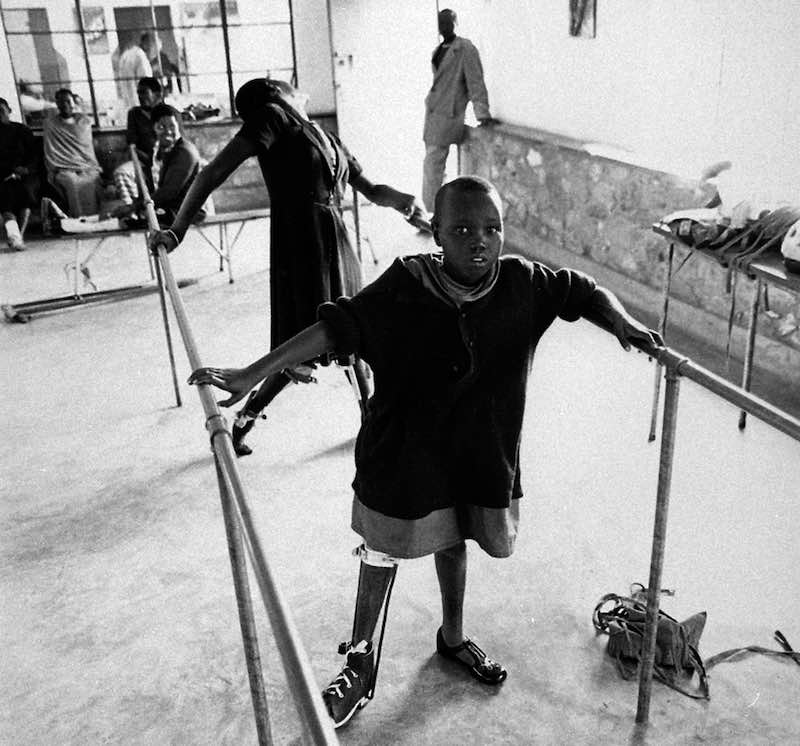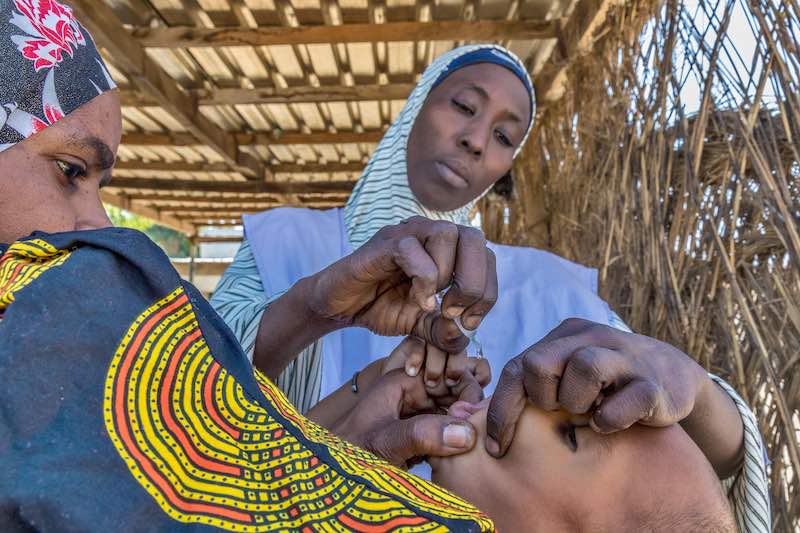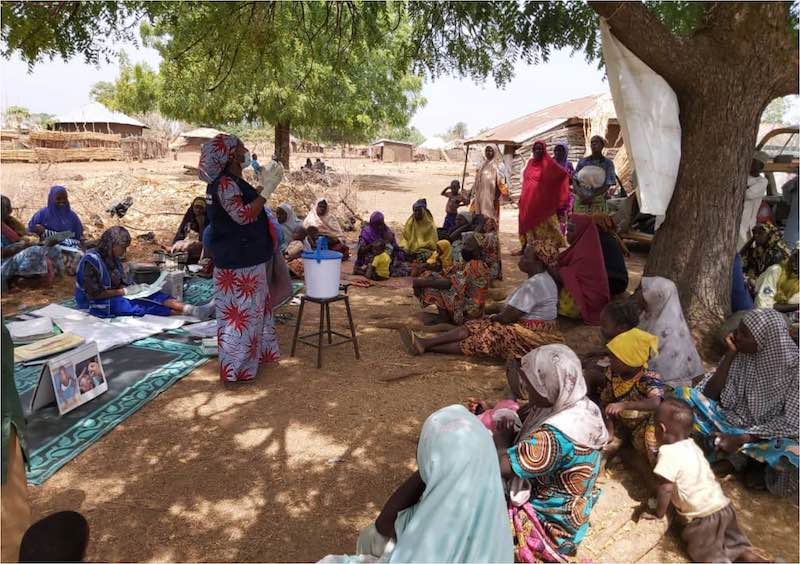
Polio is a crippling and potentially fatal infectious disease. There is no cure, but there are safe and effective vaccines, which given multiple times can protect a child for life. Eradicating polio requires immunizing every child until transmission stops and the world is free of all forms of poliovirus.
In 1988, the Global Polio Eradication Initiative (GPEI) - of which WHO is a founding member – set out to eradicate polio all over the world. The mission required mass vaccination, reaching every child. At that stage, it was estimated that 350,000 children around the world were paralyzed by polio each year.
In the African Region, tremendous progress has been made in polio eradication over the last decades. The region’s geographic size, cultural diversity and logistical challenge, not to mention insecurity, displacement and pockets of vaccine refusal have shaped Africa’s polio response, driving innovative solutions to reaching all children with the vaccine.
Thanks to the dedicated efforts of health workers, traditional and religious leaders, parents, Rotarians and country leaders, African nations have immunized hundreds of millions of children with polio vaccines, strengthened polio surveillance networks to detect any lingering traces of the virus, and implemented strategies to immunize hard-to-reach children.
In 2020, a significant milestone is expected for polio eradication and global health: the certification of the WHO African Region as free of wild poliovirus. In 2019, Nigeria, last polio-endemic country in Africa,
Once the WHO African region is certified to have eradicated wild poliovirus, five of the six WHO regions, representing over 90% of the world’s population – would be free of the wild poliovirus.
Today, the fight continues against all forms of poliovirus. A rare vaccine-derived version of the poliovirus is affecting African countries with low immunization coverage, particularly among remote communities and those experiencing migration or conflict. Renewed efforts are underway to rid Africa of all remaining vaccine-derived polioviruses.

Over the years, the polio eradication program in the African Region has developed the technical expertise, disease surveillance and community networks and logistics capacity to respond to other diseases, and is often the first response to disease outbreaks, including the Ebola outbreaks in West Africa (2014) and DRC (2019).

In 2020, the polio eradication program adjusted to address the COVID-19 pandemic sweeping across the globe, with polio vaccination activities



